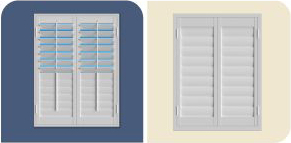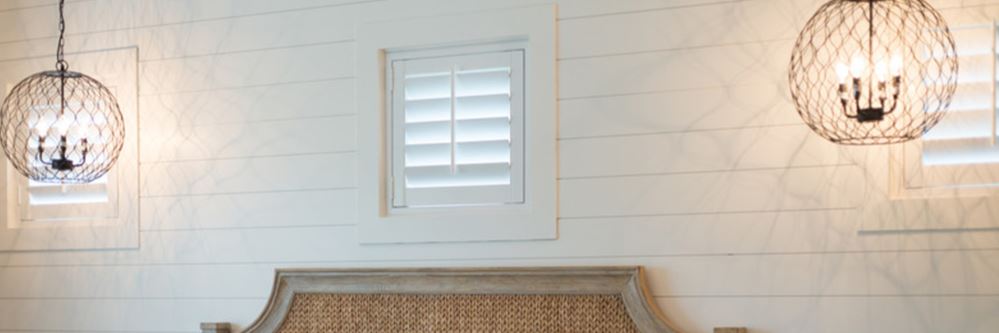
What's The Right Window Treatment For Casement Windows In Minneapolis?
Many homeowners prefer casement windows because of their classic style and ability to open fully for unsurpassed air circulation. These windows are generally hinged on a single side and extend in or out as they are opened or shut. They are often more compact than a standard window. They are functional and beautiful, but it’s frequently challenging to determine the appropriate window treatment for a casement window in Minneapolis.
The good news is this: there are possibilities that will work well for your home. By choosing an interior shutter or window shade, you can maintain the distinctiveness of your casement window and still get privacy and control over exterior light.
What To Keep In Mind When Picking Casement Window Treatments In Minneapolis
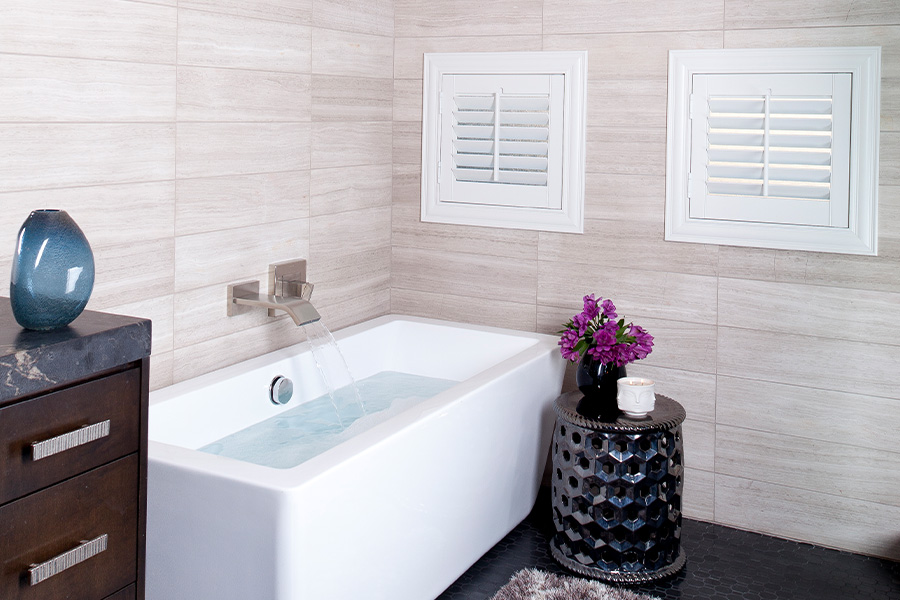
You don’t want to limit the functionality or appeal of your windows by selecting an unsuitable kind of covering. To find the optimal casement window treatments, keep the following in mind:
- Window operation: How do your windows open and shut? Do they utilize a crank, lever, or handle? The proper window treatment will give you easy access to this mechanism and permit the window to open effortlessly.
- Depth of the window: Not all casements are identical, and you’ll have varying depths between the window pane and the wall. Various sorts of window treatments may not be suitable for this unique application.
- Coverage and light management: You would like total coverage for your window but should also benefit from the full sunlight and air circulation that casement windows provide. Pick something flexible that opens easily but won’t shift in the breeze while still attaining your sought-after level of light control.
Preferred Window Treatments For Casement Windows
Because casement windows will vary significantly with different window depths, hinge positions, and opening mechanisms, it’s typically most beneficial to schedule an at-home consultation for custom window treatments to find your optimal solution. Even so, there are some preferred window treatments for casement windows in Minneapolis. Here are some fantastic choices.
Plantation Shutters For Casement Windows
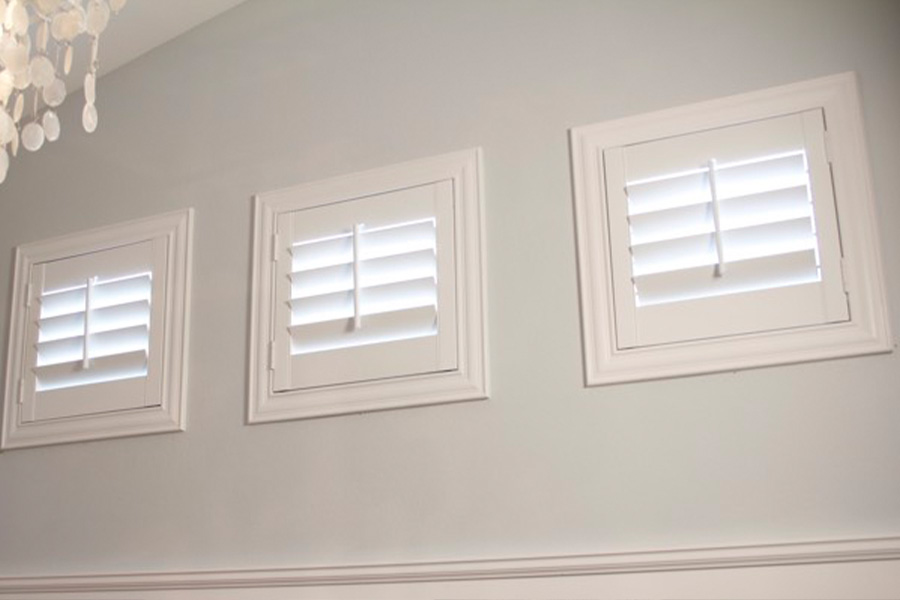
You just can’t find a better solution than plantation shutters for casement windows in Minneapolis. They will work regardless of whether your window is hinged at the bottom, top, or side. Plantation shutters can even be adapted to fit any operating system.
Installation is also flexible as you can place them inside your window jamb or on top of the frame. Due to the fact that louvered shutters are sturdy, long-lasting installations, you won’t have to stress about suspended fabric swaying in the breeze or banging against the frame or glass. And you are able to pick from white Polywood® or painted or stained wood shutters to harmonize with your home’s design.
Plantation shutters also offer a whole new world of coverage and light control. Do you want to have natural air moving but with lower levels of outside light? No sweat! All you need to do is swing out your casement window, keep the panels of the louvered shutter shut, and then adjust the louvers to let in fresh air and your preferred level of light. You’ll only achieve this degree of control with plantation shutters for casement windows.
Treat Your Casement Windows With Cellular Shades
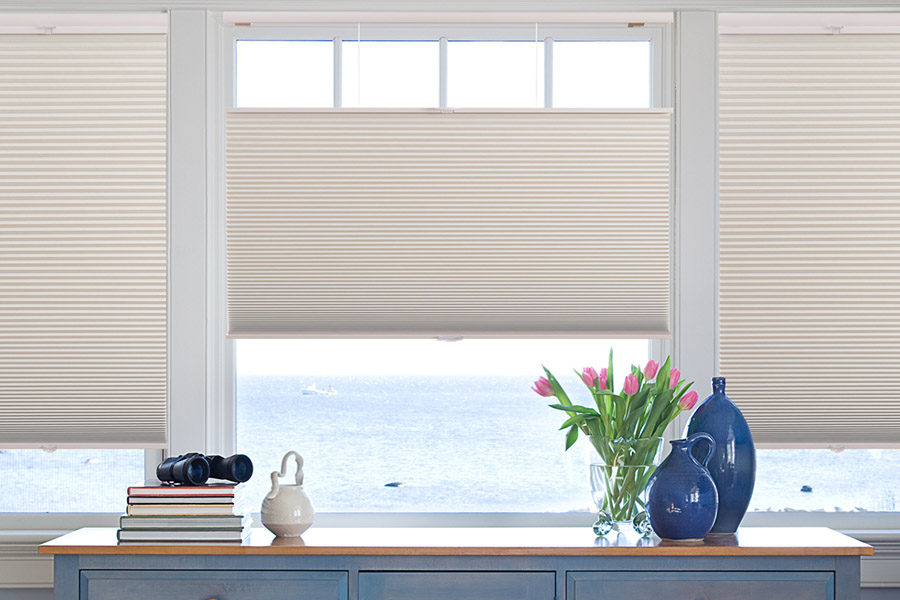
Cellular shades are another great window treatment option for casement windows. They are available in a wide range of colors and styles, making it easy to discover one that matches the decor of any space. A cellular shade also stays in place wherever you position the lift bar, avoiding the annoyance of your window treatment getting in the way of the cranking device.
Cellular shades are also energy efficient. The honeycomb-like cavities of the shade enclose air, decreasing heat loss and supplying insulation to your casement window. This helps control the temperature in the area, keeping it consistent all year long and reducing heating or cooling costs.
Order Window Treatments For Casement Windows In Minneapolis
Find the ideal window treatment for your casement windows by turning to the professionals at Sunburst Shutters Minneapolis. We have plantation shutters, shades, blinds and other products for you to pick from. Contact us at 952-856-8130 to schedule your free, in-home consultation, and we’ll demonstrate how our products look in your windows.


